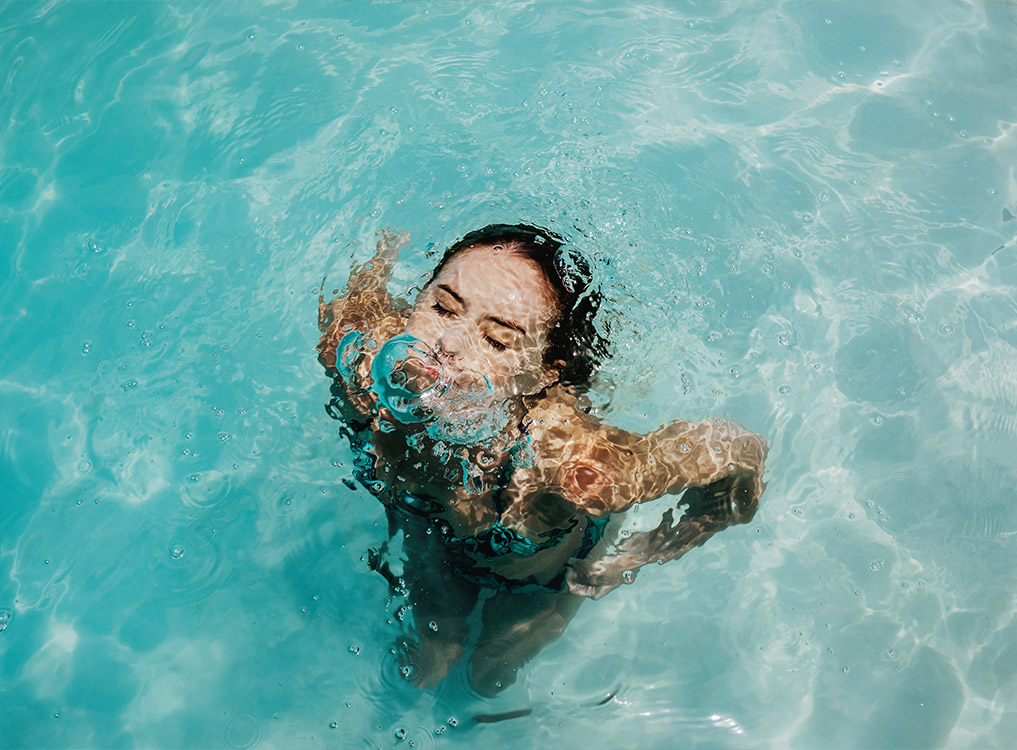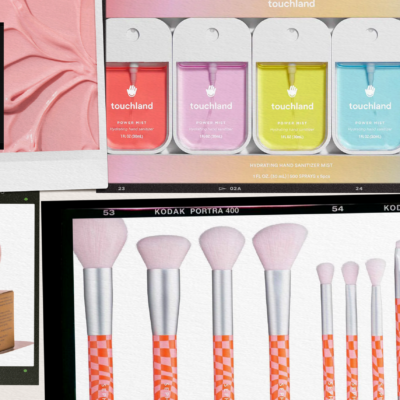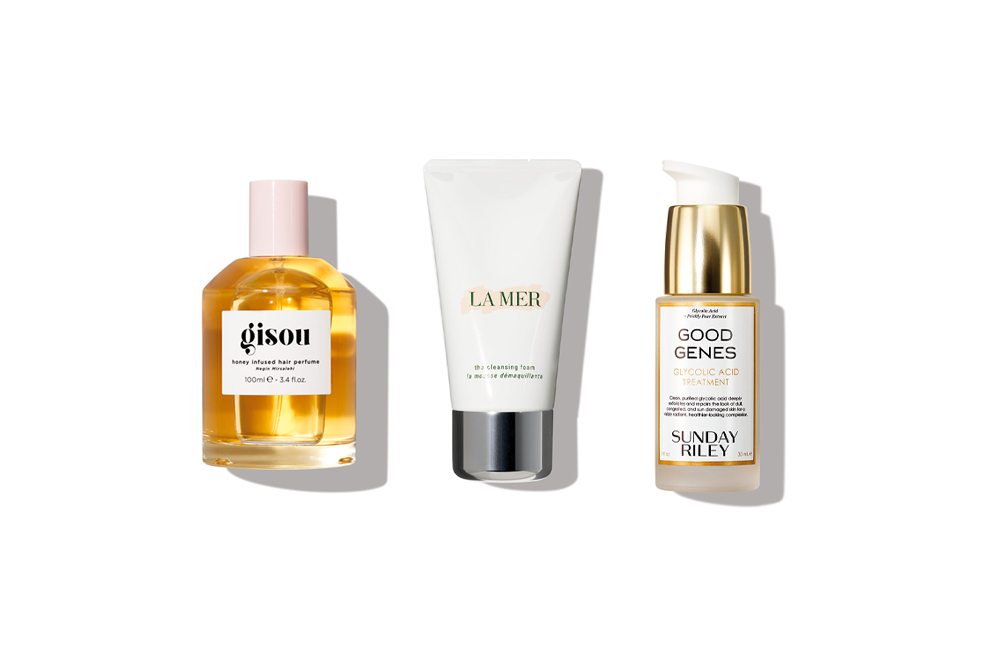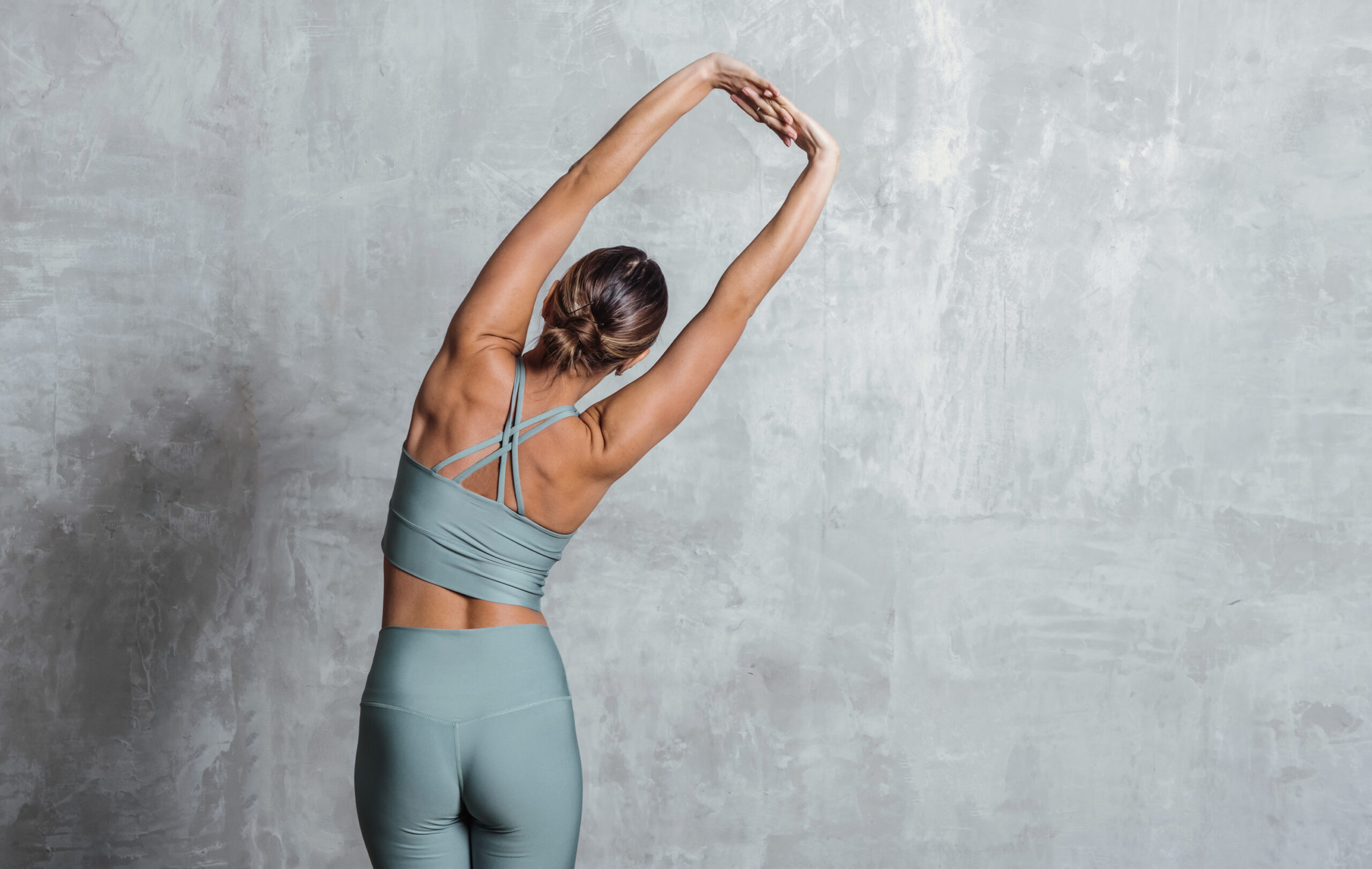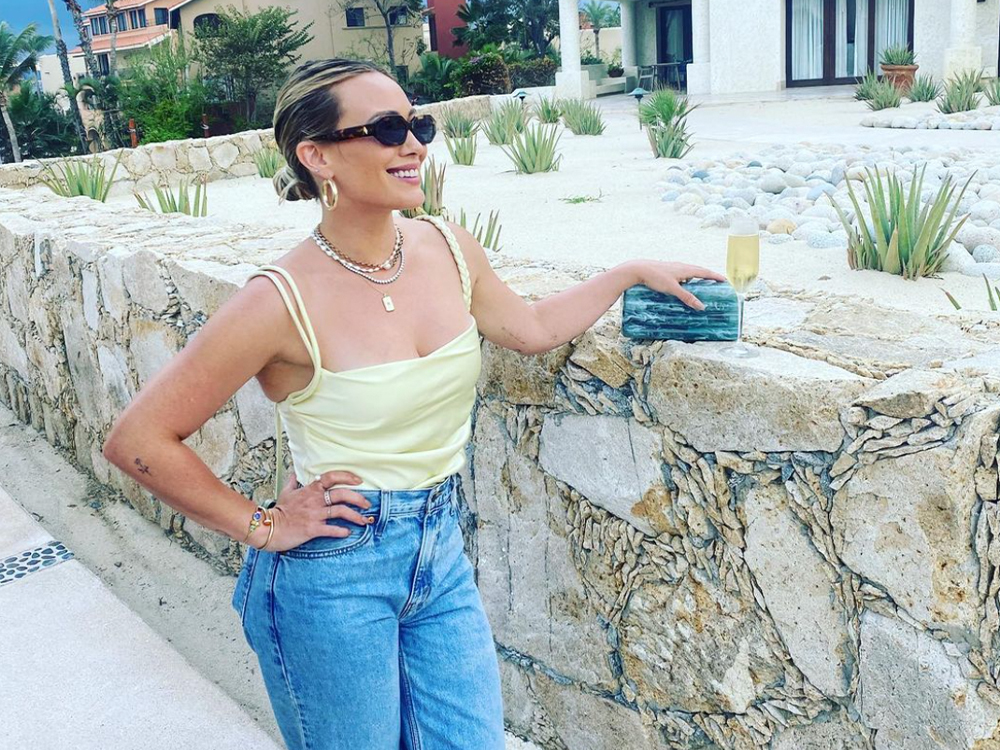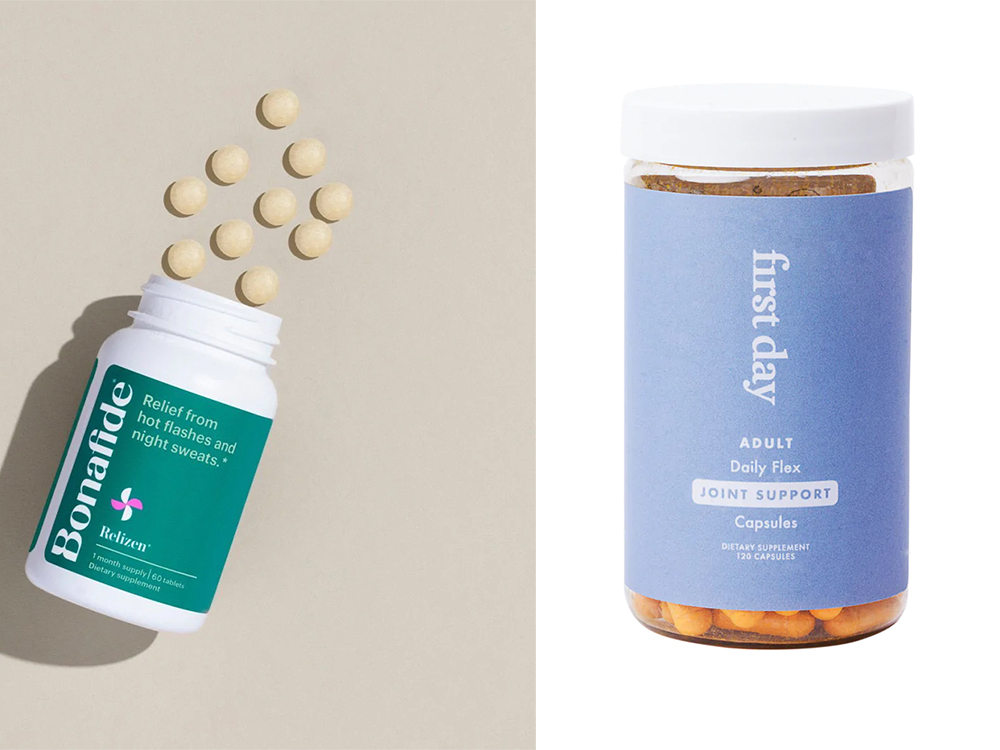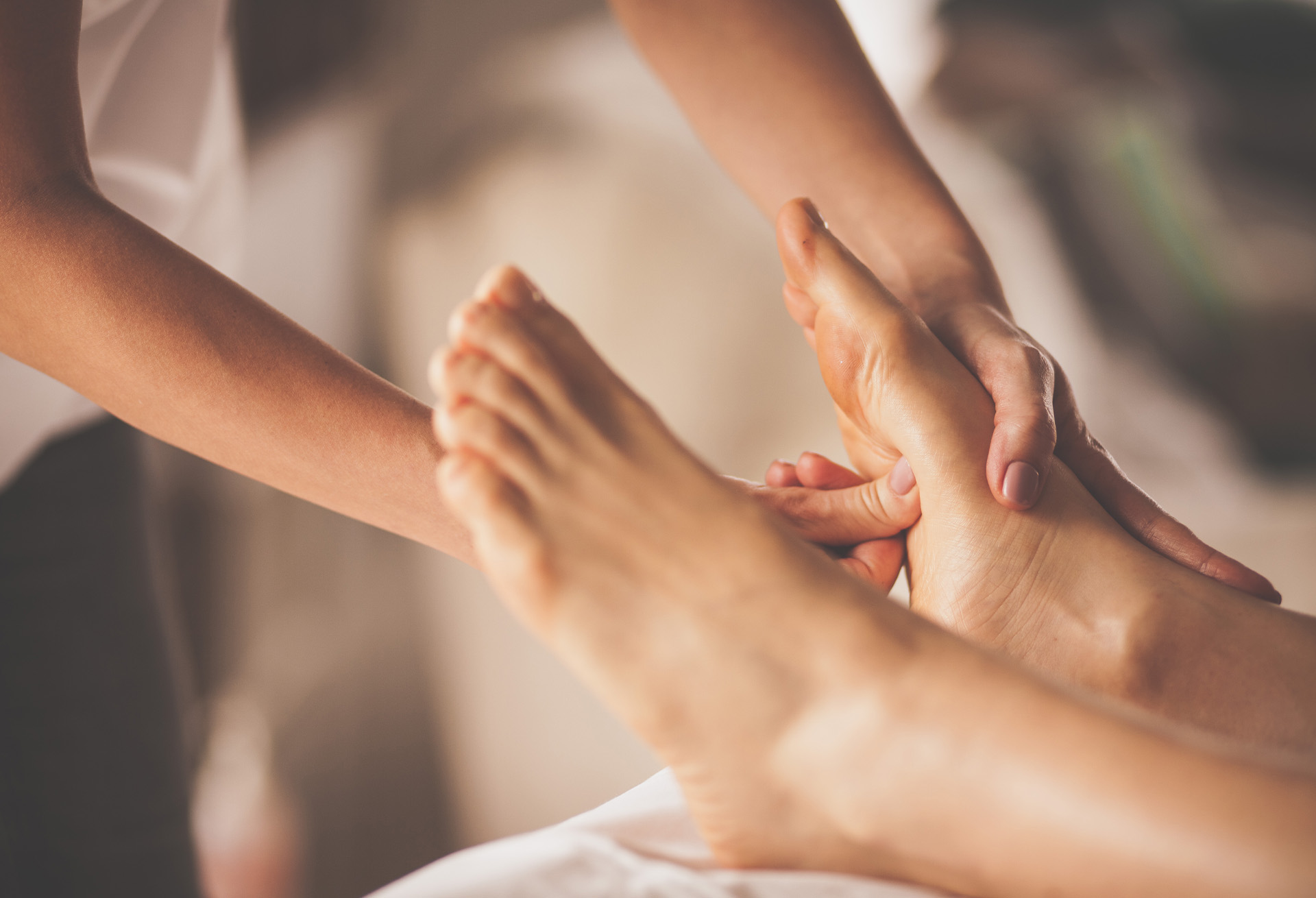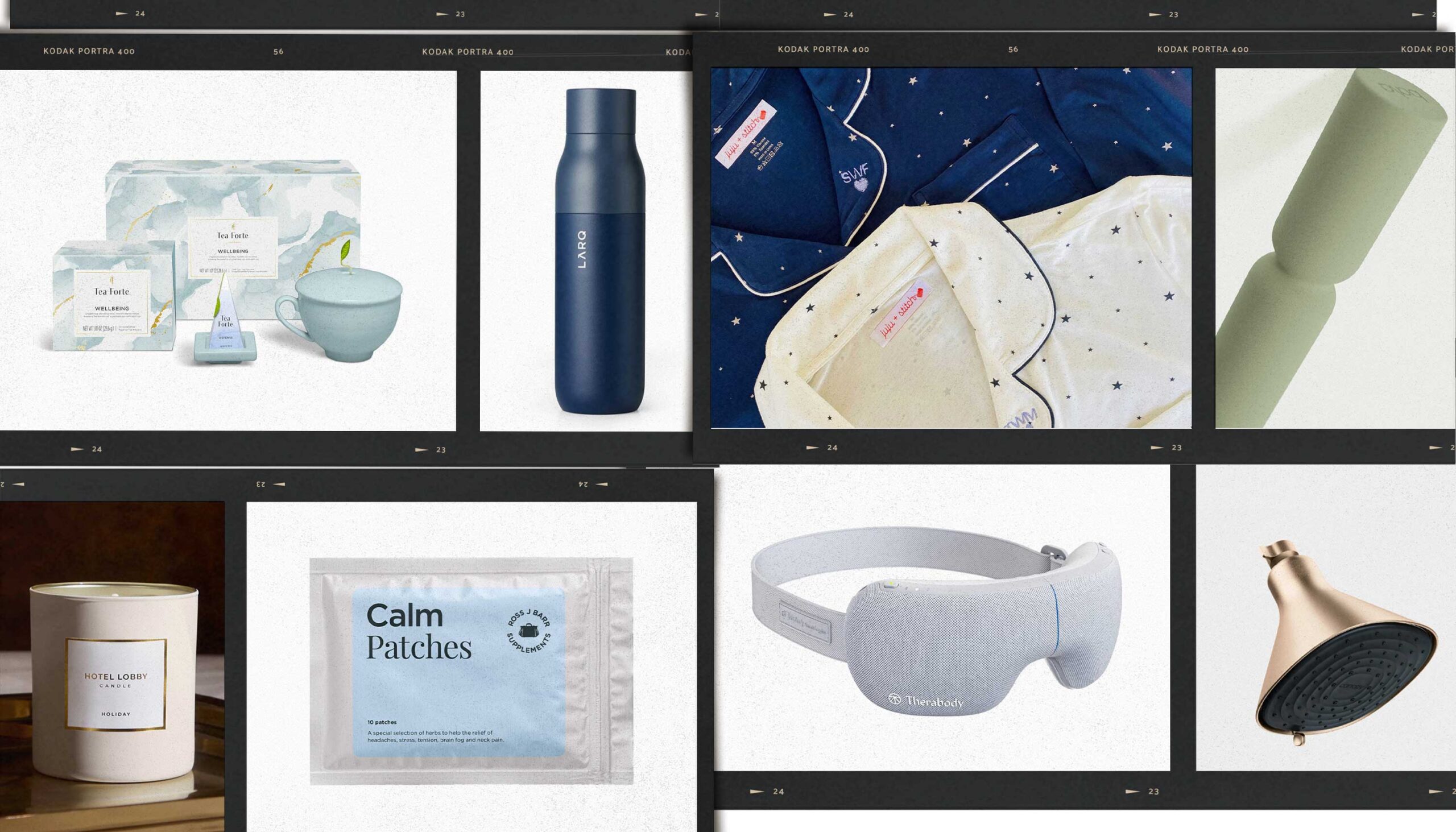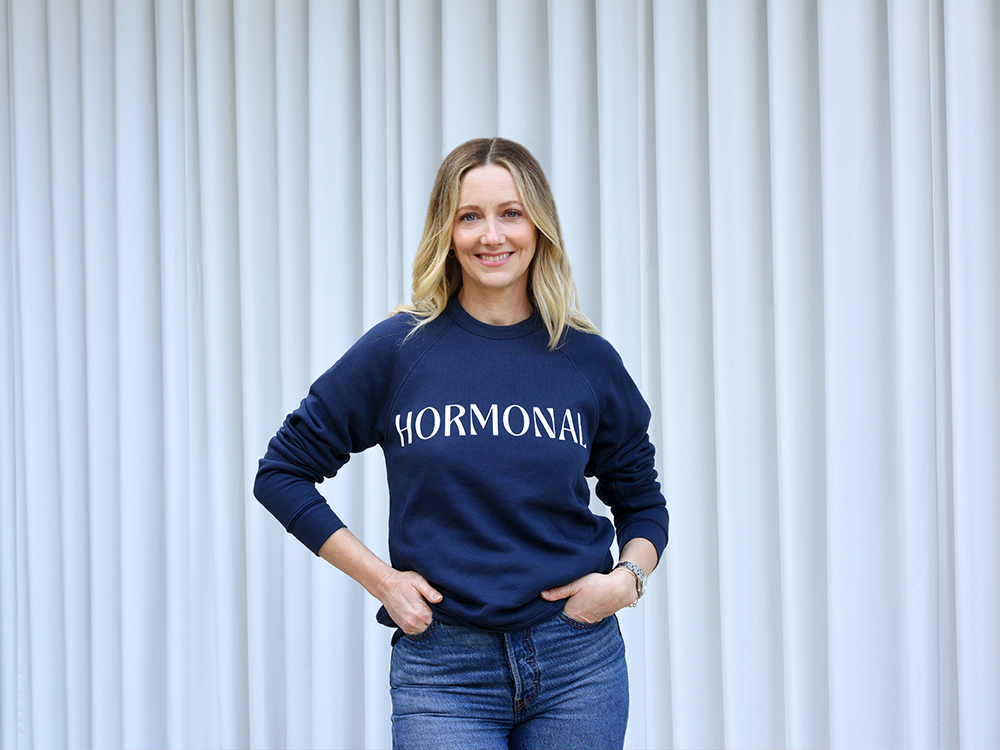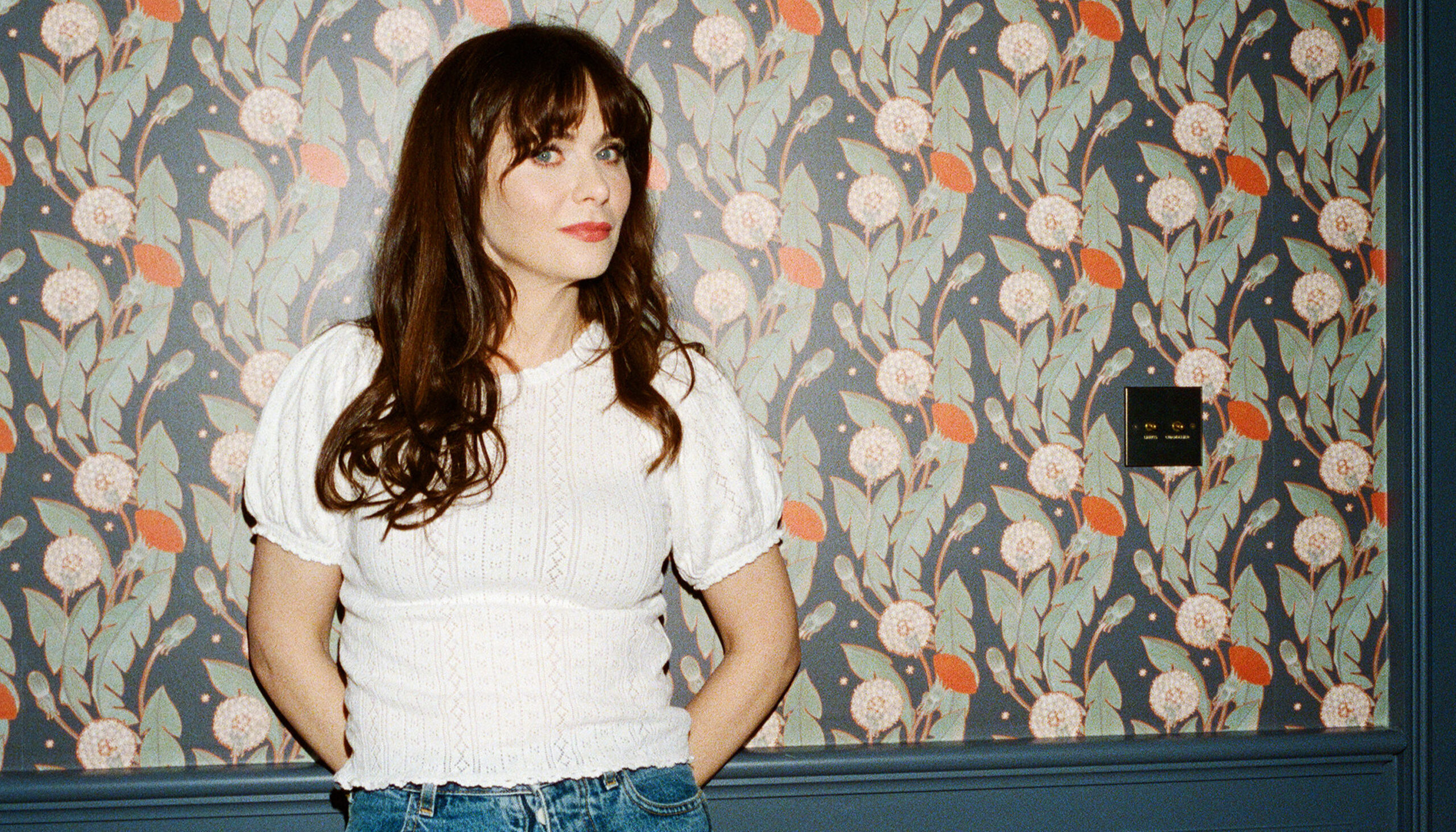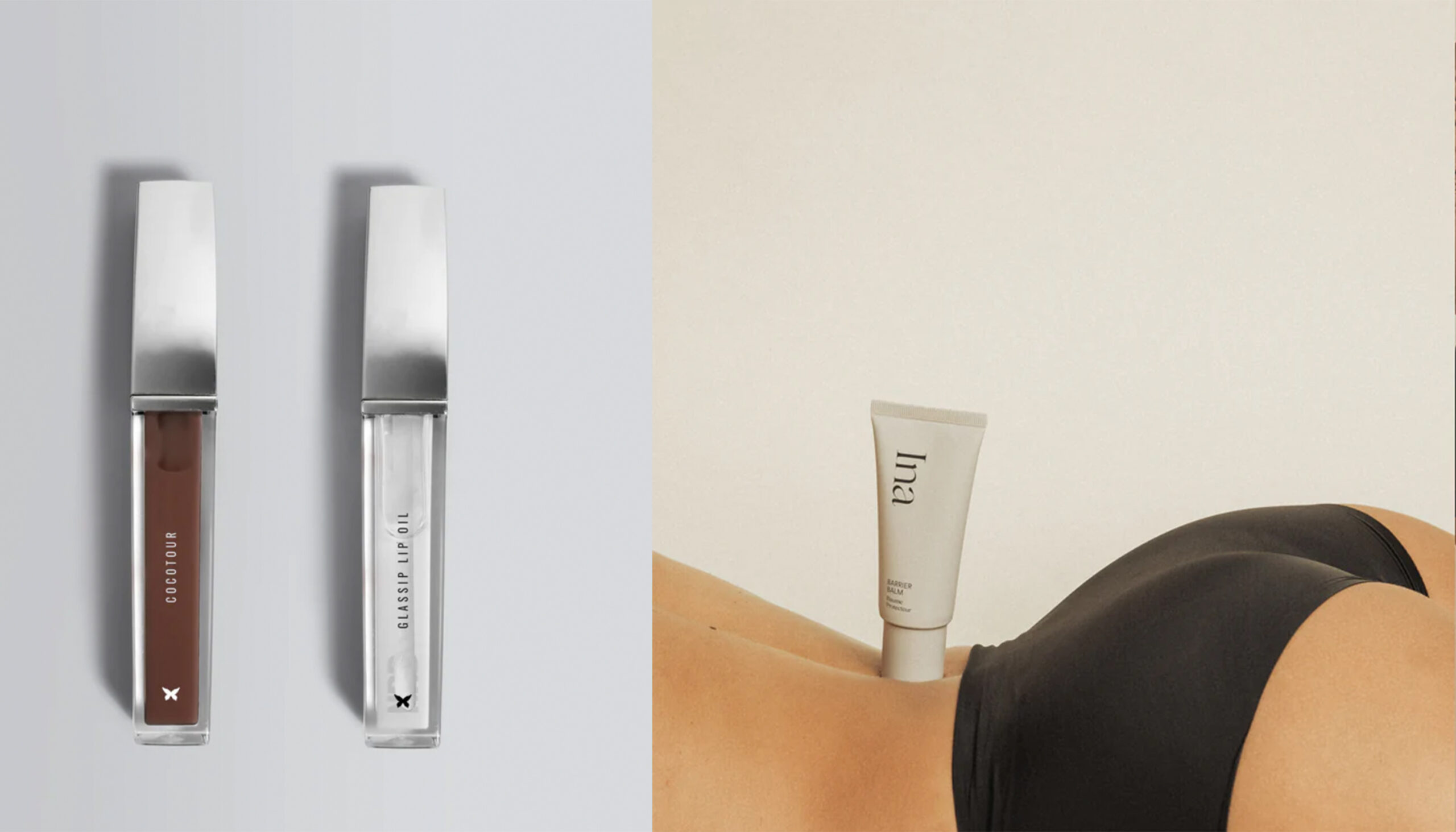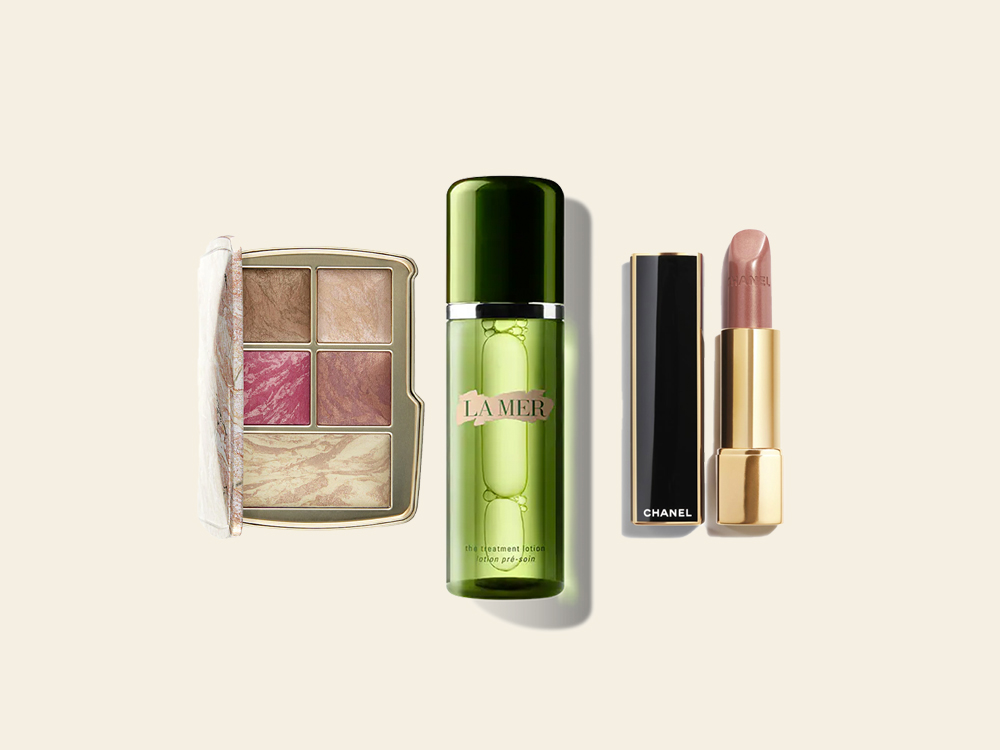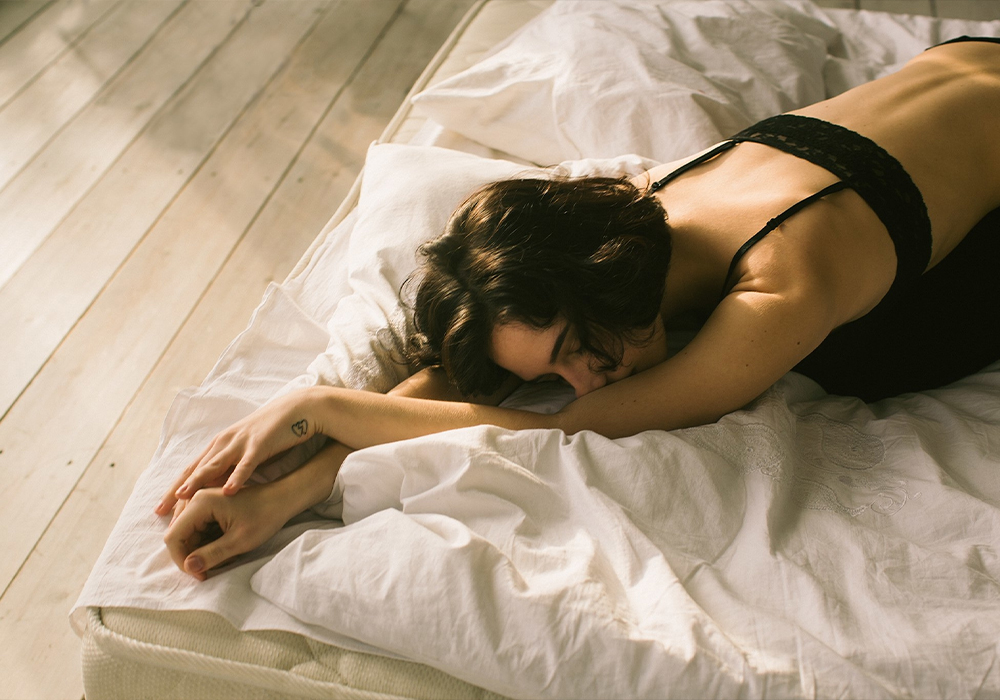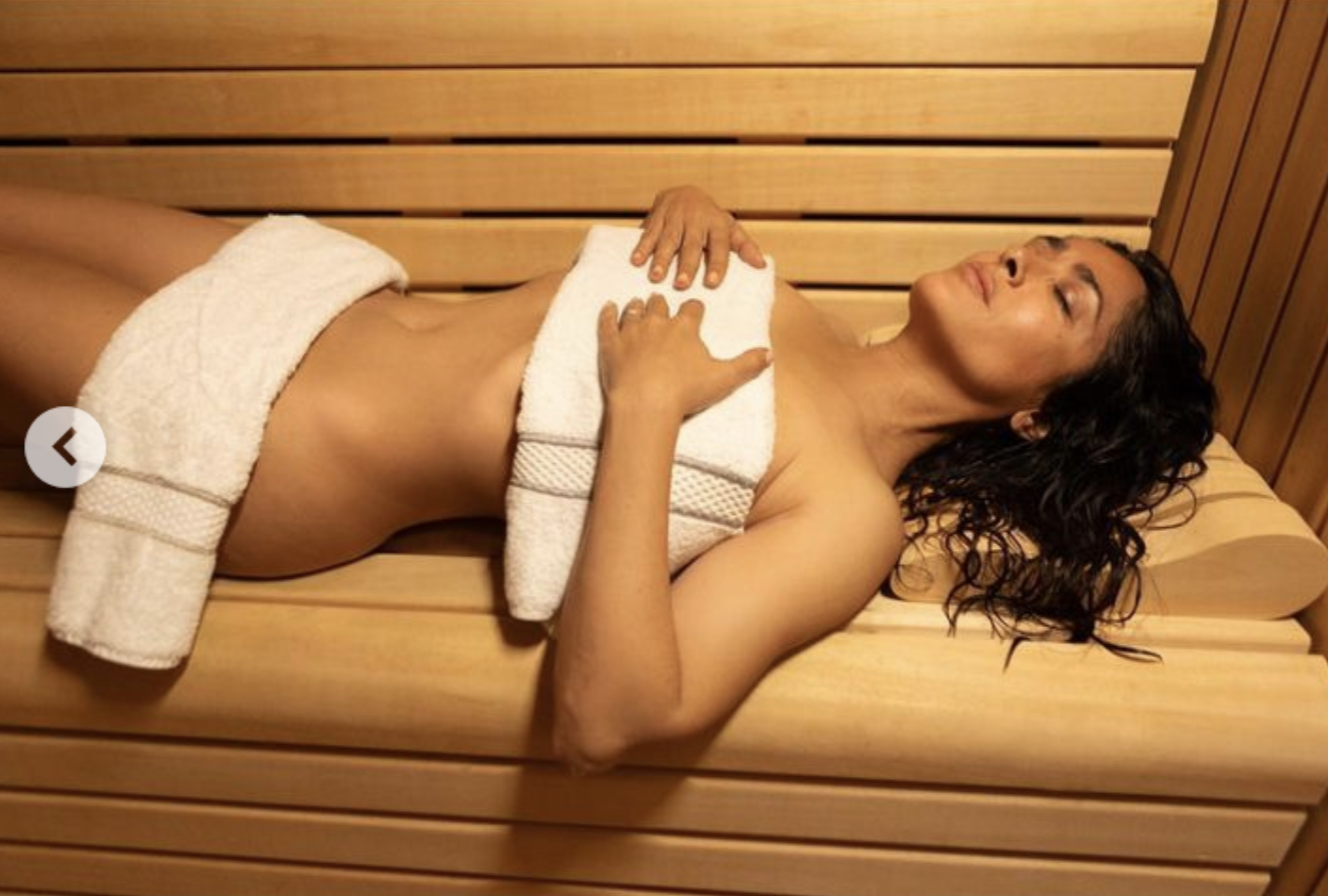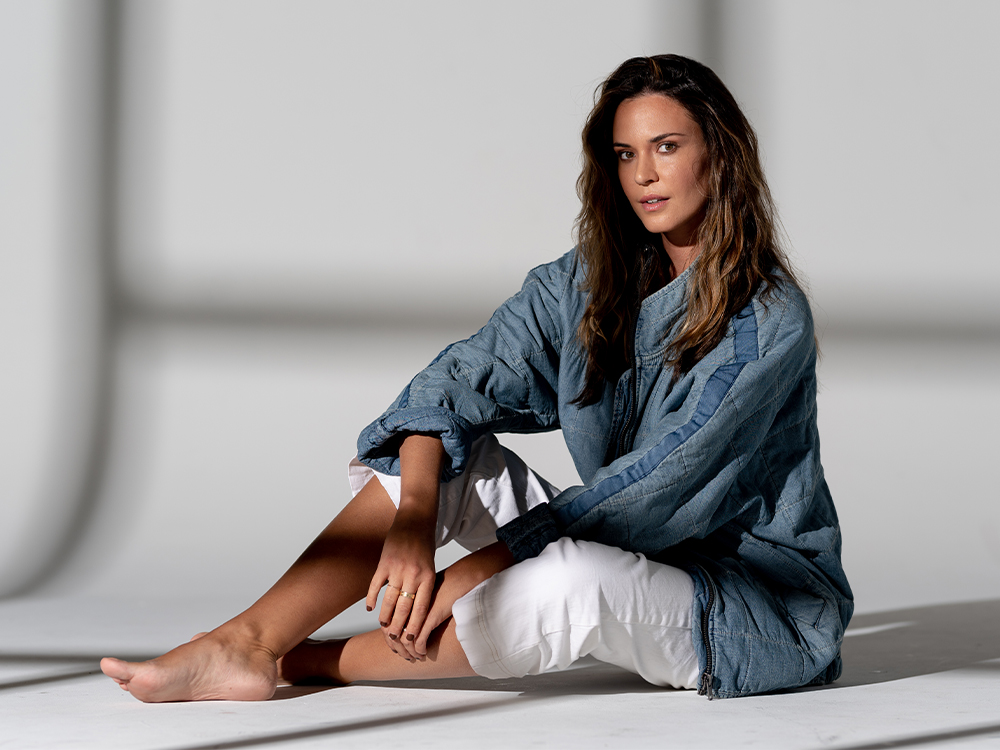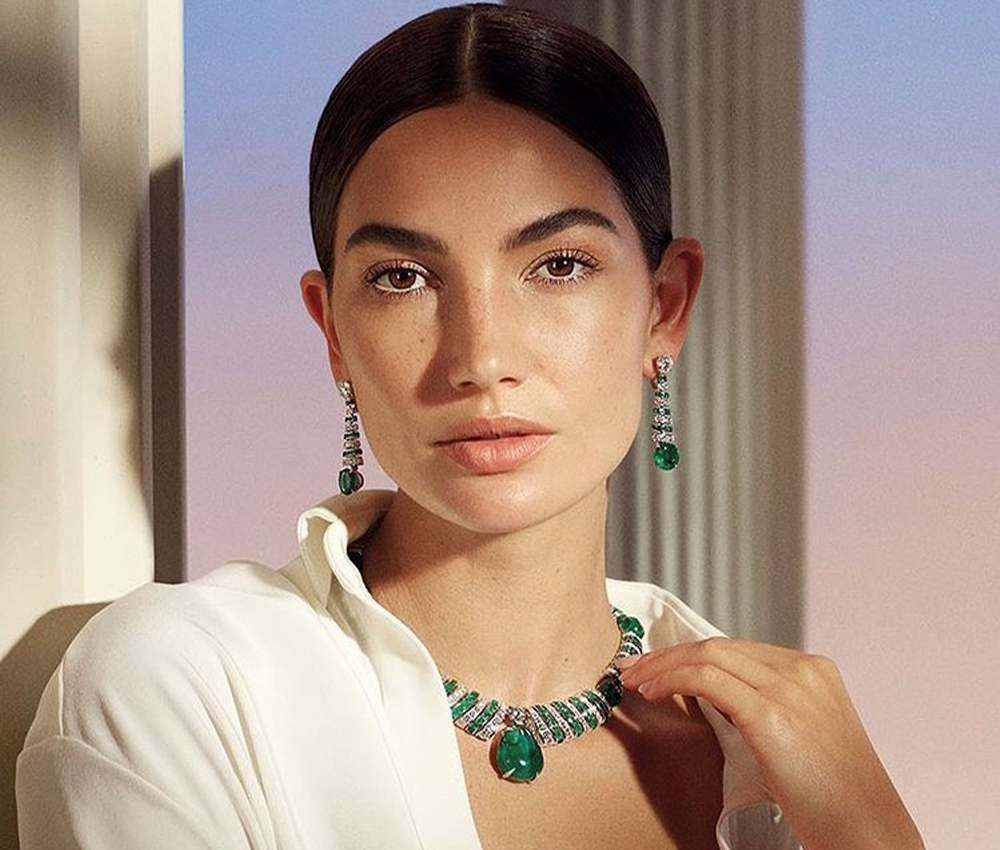While many of us opt for a hot, steamy shower, there is tons of research behind the benefits of ice-cold baths. Cold plunge therapy, a biohacking technique that boasts a range of benefits, has taken off over the past few years. The Goop Lab highlighted the Wim Hof Method, which involves meditation, cold exposure then breathing techniques. Luxury resorts even offer various forms of cold plunges and cryotherapy.
Yelp recently released its 2024 Beauty & Lifestyle Trend Report, and the findings seem to show that cold plunges are only gaining more traction. The report found that searches for cold plunge therapy jumped by 521 percent, indicating people are willing to go to the next level in the name of wellness.
We’ve seen many celebrities take to the method and tout its benefits. Some starnefits. Some stars have built-in icy bath options at home, while others seek out their sport at a spa. Hailey Bieber, Chris Hemsworth, Lady Gaga, Harry Styles and Nicole Scherzinger are just a handful of the famous fans of the frozen temp trend. However, you don’t need to splurge to join in on the cold plunge fun.
Cold plunges might seem trendy, but they’ve actually been around for ages. Founder and CEO of Repêchage Lydia Sarfati says cold plunges date back to Hippocrates. The practice gained popularity in the 18th century during the spa surge in Europe and Asia. If you’re wondering what all the hype is about or are looking to put cold plunges to the test, we have all the expert-backed information you need to to begin your journey.
What should first-time cold plunge patrons know?
While there is some element of discomfort when plunging into ice-cold water, doing it properly will minimize the unpleasant feeling. Sarfati advises that the water shouldn’t be lower than 50°F to 59°F. On your first plunge, you shouldn’t submerge yourself for more than three minutes, she says. “I suggest starting with lukewarm water and then gradually adding cold water. It is important that you practice cold plunging safely as it can cause hypothermia when not done correctly,” warns Sarfati.
Your first cold plunge can be intimidating. Miraval Berkshires programs director, Luke Bloom wants guests doing their inaugural plunge to look at it “as an opportunity for resilience and mindset training.” Bloom encourages first-time cold plungers to keep an open mind throughout the experience and recognize the benefits of the plunge.
What are the benefits of doing a cold plunge?
People don’t plunge into icy waters without good reason. Sarfati says cold plunges can relieve muscle aches, aid in weight loss, help reduce inflammation, boost energy, treat pain and help manage nervous disorders and depression. Director of Spa, Mohonk Mountain House, Margaret Lora adds that cold plunges can also induce endorphin release and stimulate blood flow.
Who should avoid cold plunges?
Sarfati warns that people with type one or two diabetes or cardiovascular disease should avoid cold plunges as cold therapy can constrict blood vessels. As long as you don’t have any of these conditions, you’re a good candidate for a cold plunge.
What should someone expect to experience during their first cold plunge?
Lora says first-timers can expect “the shock of the cold water to numb the nerves around the joints and muscles, which in turn releases hormones and endorphins.” Following your cold plunge session, you should feel refreshed, energized and ready to take on the day.
Is it uncomfortable?
Naturally, what tends to get between people and a cold plunge is the fear of being overwhelmingly uncomfortable. Sarfati says cold plunging can be uncomfortable at first, but once you begin to plunge more regularly, it’ll become easier. “The initial shock of the cold water can feel uncomfortable to some,” says Lora. “Most find that the reward of the cold plunge outweighs the potential discomfort.”
Sarfati notes that focusing on your breathing can help manage the discomfort. If you’re really nervous about the cold, Sarfati says you can ease yourself into it. Start with water that’s 60°F then slowly reduce it. Bloom notes that the uncomfortable nature allows you the “opportunity to change our perspective on what discomfort really is and lean into the present moment by using the tools to stay in the moment of this experience.”
Is there anything one should or shouldn’t do after a cold plunge?
Lora says you shouldn’t try to warm your body in hot temperatures immediately following a cold plunge. At Mohonk Mountain House Spa, guests enjoy cider, tea and stretching to gradually bring the body back to normal. If you’re not doing a cold plunge with an expert, take yourself through your own meditation, stretching and gradual warming for the healthiest recovery post-plunge.
How can someone take the ethos of a professional cold plunge and apply it in their daily life?
If you want to fold cold plunges into your routine but don’t have time to head to a spa frequently, Sarfati says you can make the tail end of your shower or bath a bit chillier. Meanwhile, Lora says you can incorporate the ethos of the cold plunge in your daily life as a metaphor. Dive “headfirst into something they may have been avoiding! The cold plunge can serve as a metaphor for things we may be avoiding because we’re worried they may be uncomfortable. Once you’re on the other side, you find that it wasn’t nearly as bad as you originally thought.”
